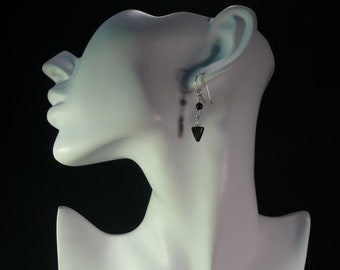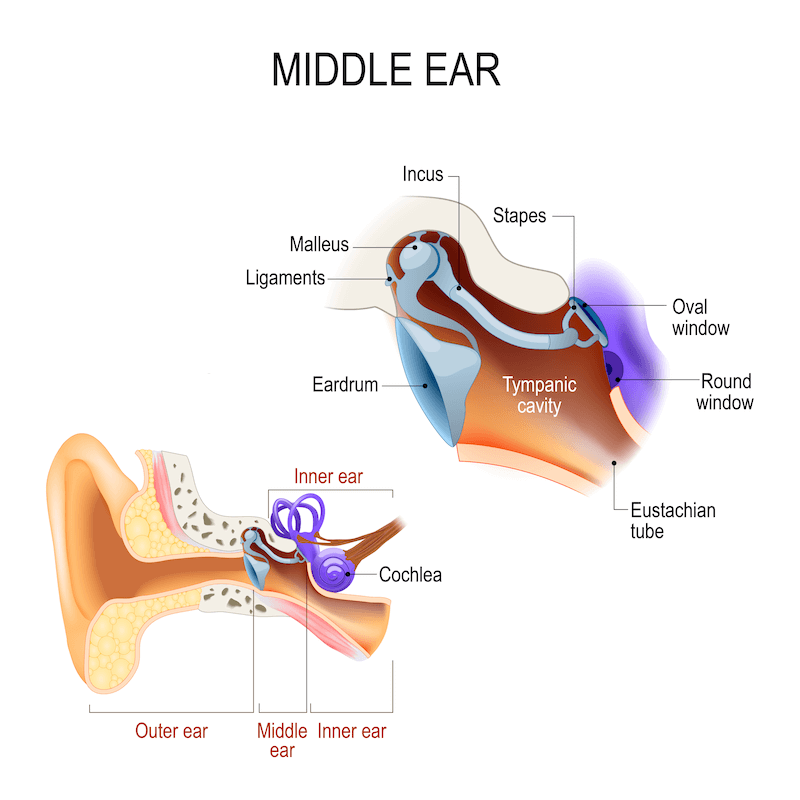

Skull of Probainognathus, an early synapsid. The squamosal bone was positioned alongside the quadrate in the upper jaw, and the dentary was positioned alongside the articular in the lower jaw. Originally the quadrate and articular bones formed the jaw joint, but these synapsids (e.g., Probainognathus) evolved a second pair of bones involved in the jaw articulation. How did this new jawbone configuration evolve?įor reasons we don’t fully understand, several lineages of synapsids - including the one that would eventually give rise to the mammals - began to evolve changes in the jaw joint. But mammals today, including humans, use two different bones, called the squamosal and the dentary, to make this connection. Like birds, crocodiles, turtles, snakes, lizards, amphibians, and most fishes, the earliest synapsids had a bone in the back of the skull on either side called the quadrate that made the connection with the lower jaw via a bone called the articular. Mammal phylogeny from The Tangled Bank, used with permission of the author, Carl Zimmer, and publisher, Roberts & Company, Greenwood Village, Colorado. And of course all mammals (the clade of synapsids still alive today) reproduce using an amnion, and those that lay eggs (e.g., the platypus and echidna) produce amniotic eggs. All reptiles (including birds) have eggs with amniotic membranes (which some lay and others retain inside their bodies until hatching). Synapsids and reptiles are two distinct groups of amniotes, animals that produce young that are enveloped with a membrane called an amnion that prevents desiccation. Sometimes synapsids are called “mammal-like reptiles ” however, that is misleading because synapsids are not reptiles. Information on controversies in the public arena relating to evolutionĪll the animals you see on this evogram are synapsids, the group that gave rise to the mammals.Alignment with the Next Generation Science Standards.The big issues – Pacing, diversity, complexity, and trends.Macroevolution – Evolution above the species level.Microevolution – Evolution within a population.Mechanisms: the processes of evolution – Selection, mutation, migration, and more.The history of life: looking at the patterns – Change over time and shared ancestors.

An introduction to evolution: what is evolution and how does it work?.MRI can thus be considered safe in usual clinical settings, as far as our studied implants are concerned.

The displacement of three of the prostheses in water is not relevant in real clinical situations. The implanted piston in the temporal bone did not move. However, while in the water-filled Petri dish, three of these moved with the flux. None of the prostheses was displaced in the empty Petri dish. In situ testing was done by implanting a piston in a cadaveric temporal bone and performing MR sequences any possible displacement was then assessed by CT scan and under microscopic vision. Eventual in vitro displacement was assessed visually by two means. Most of the prostheses were then placed in a water-filled Petri dish and reintroduced into the MRI unit. Nine middle ear prostheses (seven containing stainless steel and two made of pure gold used as control) were tested in vitro and one stainless steel stapedectomy prosthesis was tested on a cadaveric temporal bone.Įach metallic prosthesis was placed in an empty Petri dish and introduced into a 1.5-tesla (T) magnetic resonance imaging (MRI) unit. Investigation of the effects of magnetic resonance fields on commonly used metallic middle ear implants.


 0 kommentar(er)
0 kommentar(er)
